The Woodland Trust purchased the land for Langley Vale wood in 2014 to create the largest of the four First World War Centenary Woods, one for each of the countries in the United Kingdom. The First World War had a devastating impact and the First World War Centenary Woods were created to give thanks to those who gave so much. The trees are a representation of lives lost and damaged by the conflict.
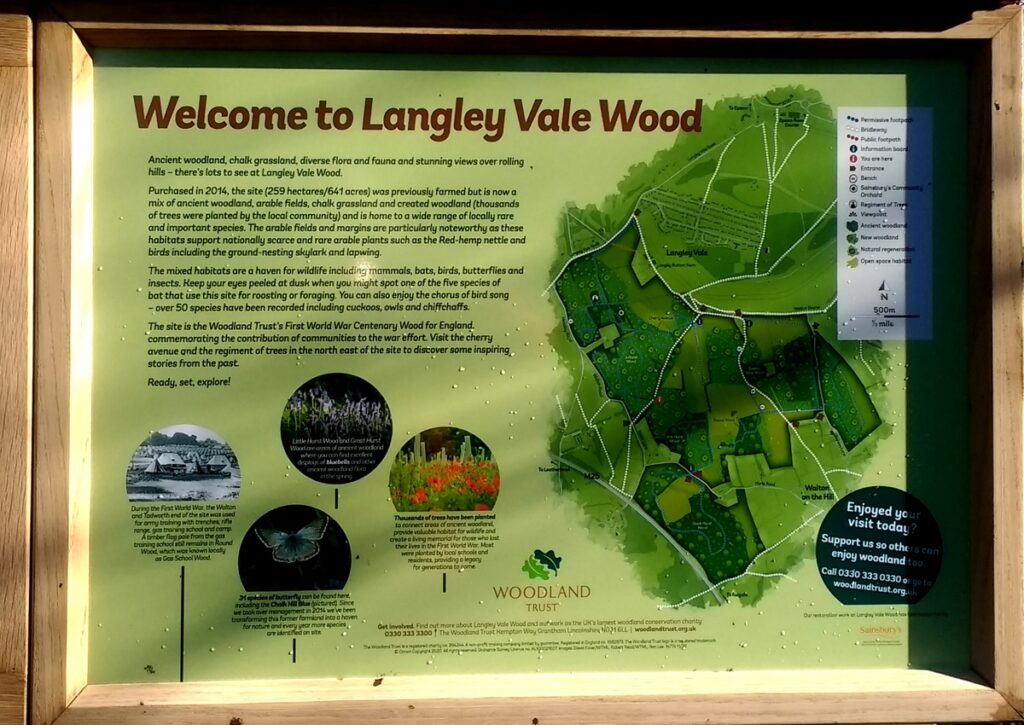
The area in Langley Vale covers 259 hectares (641 acres) and to create this wood 180,000 trees were planted by the Woodland Trust, with help from the local community.
Approximately 100 hectares of the site will be woodland, a further 100 hectares of the site will be open space, as the site has important chalk grassland and arable habitats and supports many rare and notable arable plants, including ground pine, red hemp-nettle and night-flowering catchfly.
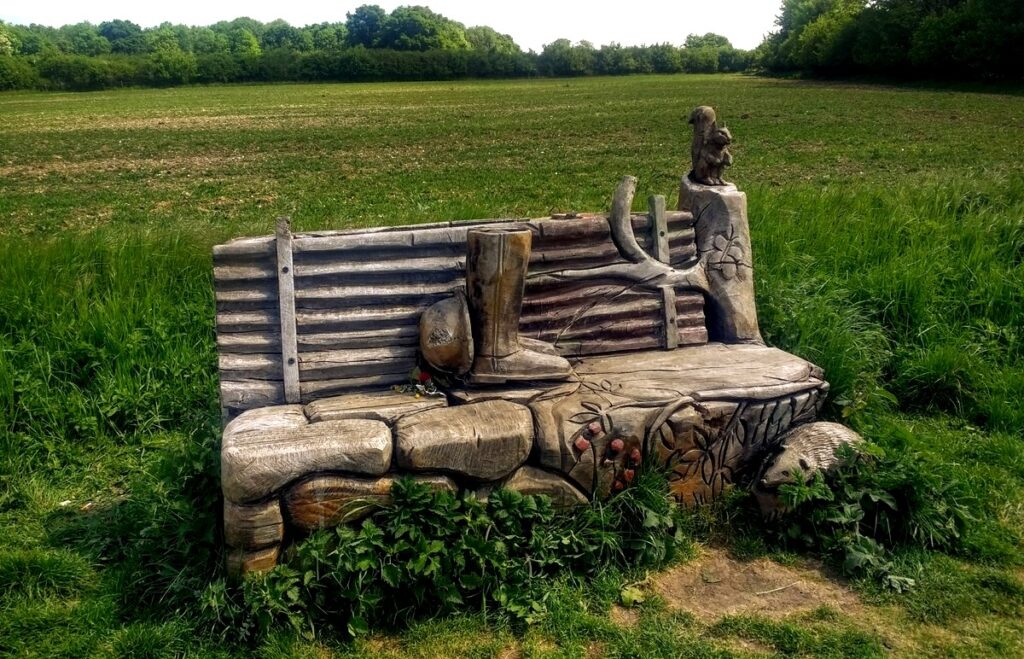
Langley Vale Wood has pockets of ancient woodland, diverse and fascinating wildlife and flora, and stunning views over the rolling hills of the North Downs. In the coming years,the ambitious woodland creation scheme will transform the existing arable land into both a natural haven and a living memorial to those who sacrificed so much in the First World War.
If you stand by the Gallops on the Downs and look towards Langley Vale you can clearly see the Centenary Wood. For those of us who have ventured over it is a quiet and relaxing place as currently it is not inundated with visitors. This area has not always been this place of tranquillity as during the First World War the Walton and Tadworth end of the site was used for army training and there were trenches, a rifle range, a gas training school and a camp. A timber flag pole from the gas training school is still standing in Round Wood, which was known locally as Gas School Wood.
There is an area named the Regiment of Trees which commemorates Lord Kitchener’s inspection of troops – all from the 2nd London Division of Kitchener’s New Army – on Epsom Downs in January 2015. Twelve figures, carved by Patrick Walls, from sandstone, stand among a mix of native broadleaf trees recalling stories of the harsh blizzard conditions in which the 20,000 volunteer soldiers waited for Kitchener’s arrival, some not even fully kitted out. Together, the sculptures and trees create a living tribute to the civilian men who answered the call to join Kitchener’s New Army.
On edge of the wood are wonderfully carved benches to sit and take in the view and listen to bird song.
The Woodlands Trust vision for Langley Vale is a woodland full of native trees, including beech, rowan, hawthorn and oak and carpets of striking wildflowers. Local children, nearby residents, and volunteers from across the South East came together to help the Woodland Trust plant thousands of trees.
Langley Vale will link and buffer existing ancient woodland, creating a safe environment for wildlife to >thrive. It’s this rich diversity of life that has led to parts of Langley Vale Wood being designated Sites of Nature Conservation Importance (SNCI).
This area has a rich history, there is evidence of early human habitation in the woodlands and fields making up the site of Langley Vale Wood. A first-century BC tin coin was found in a field near Round Wood, and third and fourth-century Roman coins have also been found in and around the site. There are several Saxon cemeteries dating from the sixth to eighth centuries in the area.
There has been a farm at Langley Vale since the early thirteenth century. It’s likely that the small farming settlement was destroyed by the Black Death in the fourteenth century as it disappeared from records
around this time.
Later maps show that part of the site was used as arable land from the mid-eighteenth century and there are also several woods shown: Great Hurst, Little Hurst, and Round Coppice. By the early 1800s, the farm had become part of the Ashtead Park Estate, although it was sold off in 1880.
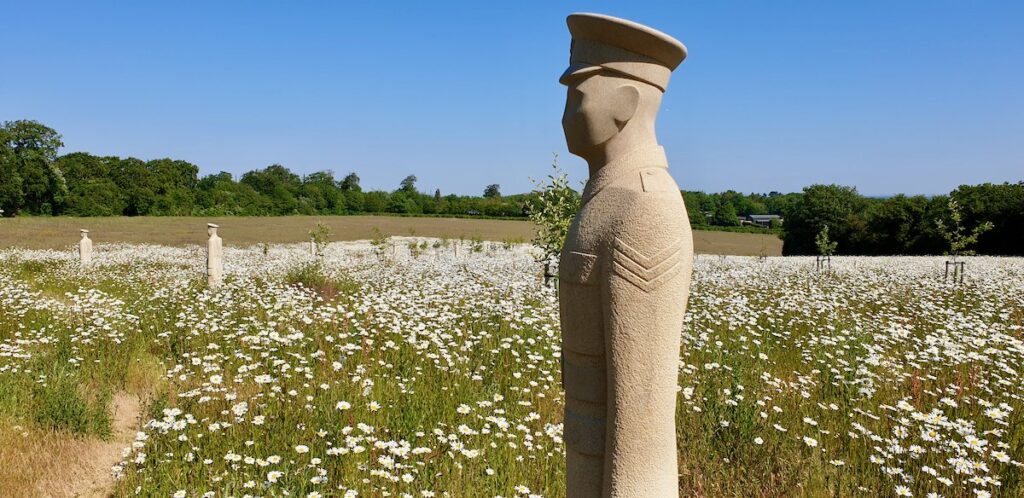

If you want a local escape this area is worthy of a visit to enjoy the views, the peace and the flora and fauna. It is a wonderful local space to enjoy.
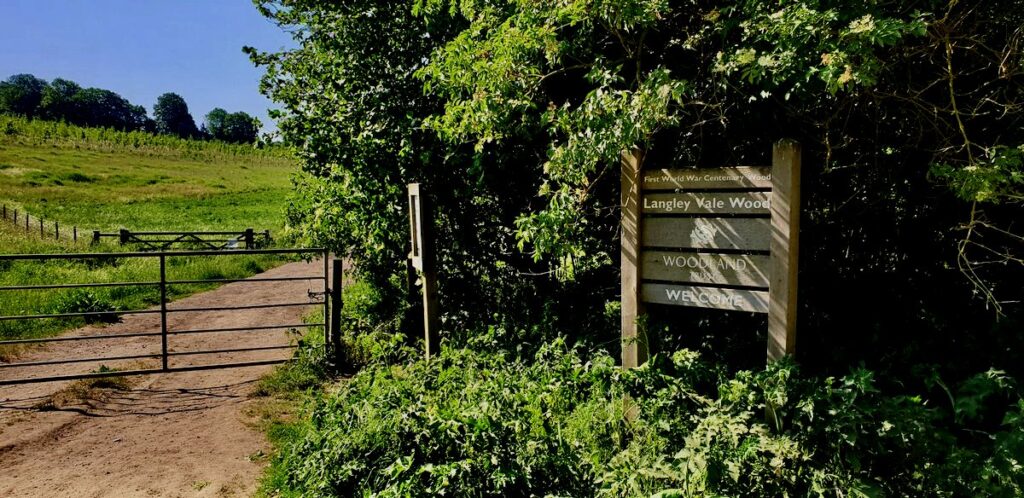

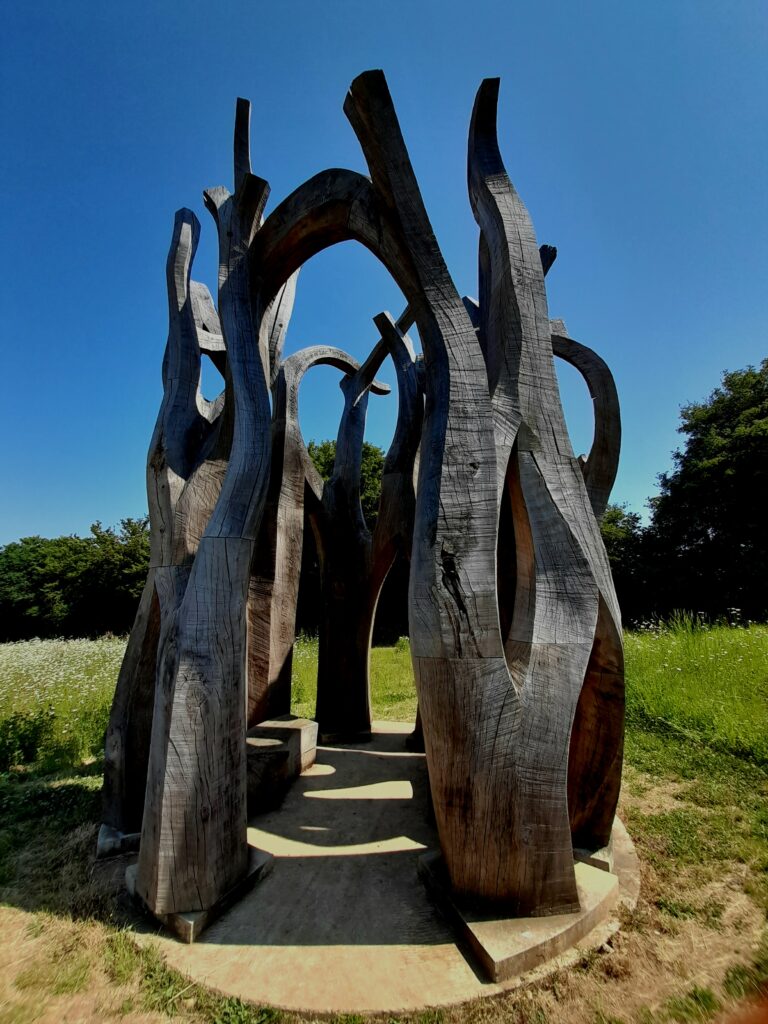
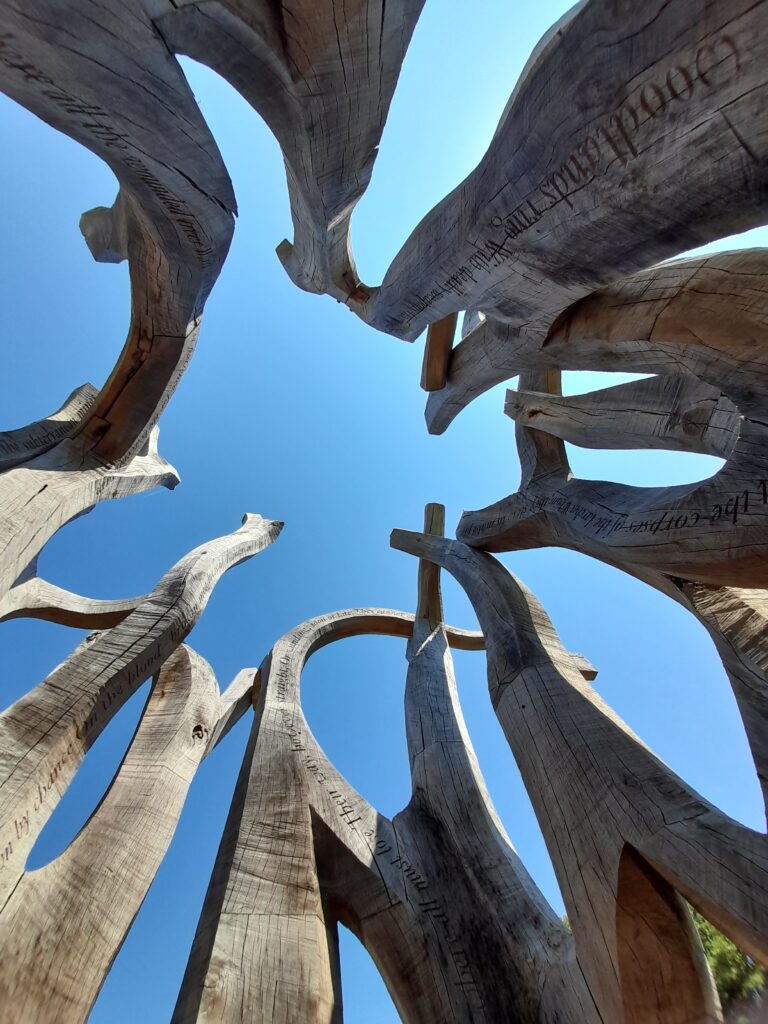
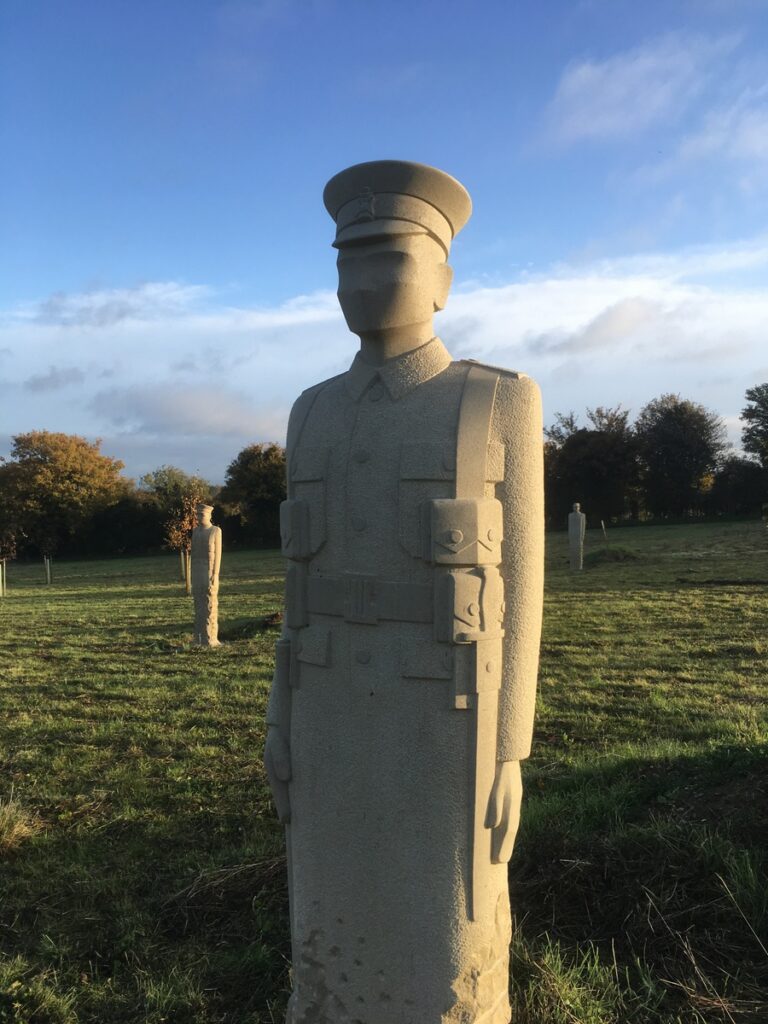
For more information on the Langley Vale Centennial Woods and directions to reach the wood please go to the Woodland Trust website.
Reference for this article is:
https://www.woodlandtrust.org.uk/visiting-woods/woods/langley-vale-wood/
There is an excellent web page on Langley Vale Woods here.
